What is Muscle Atrophy and What Can Be Done About It?
Muscle atrophy refers to a condition where there is a decrease in the size of a muscular tissue due to a shrinkage at a cellular level. This shrinkage is generally driven by the loss of cellular components, such as the cytoplasm and its associated proteins. With the decrease in muscle size, this creates a problem scenario where an individual may lose function and performance related to activities of daily living. It can happen at any age but is most common in the elderly.
In order to regain and prevent a decrease in the size of a muscular tissue, it really comes down to an individual-tailored exercise regimen to build strength so that the needs of each cellular component are addressed. It may work as a strengthening-based exercise, stretch-based exercise, a combination or a cardiovascular based workout that is reflected upon each individual’s capacity.
The key message is that we do not want muscle atrophy to continue to progress. This can lead to muscle wasting, meaning a loss of an actual muscular tissue.
There are numerous causes that may lead to muscle atrophy, such as genetics, cancer and chronic inflammatory conditions. The most common ones that are known to cause muscle atrophy include ALS (Amyotrophic lateral sclerosis), multiple sclerosis, myasthenia gravis, and SMA (Spinal muscular atrophy). Depending on the underlying root cause of the disease, treatments may vary amongst individuals but the common theme that they share is that encouraged movement is essential for managing the atrophy process.
If you or someone you know is concerned about muscle atrophy it would be worthwhile to visit your local Chiropractor or Physiotherapist. Although treatments from a trained professional do not necessarily reverse the course of these conditions, they can help manage and correct dysfunction that muscle atrophy causes. Catered to each individual’s goals and needs, the treatment can be designed in many different ways, including supervised exercise sessions, mobilization-based manual traction, spinal adjustments or muscle release work. It is of utmost importance that the treatment plan includes exercises and other advice that will help build muscle back up.
If you are concerned about muscle atrophy or have already been diagnosed and are looking for guidance from a trained professional or perhaps struggling related to pain from this condition, call our office to book a free 15 minute consultation. One of our doctors will discuss your case with you and make sure that we are able to help. Call 519-751-0728 to book today.





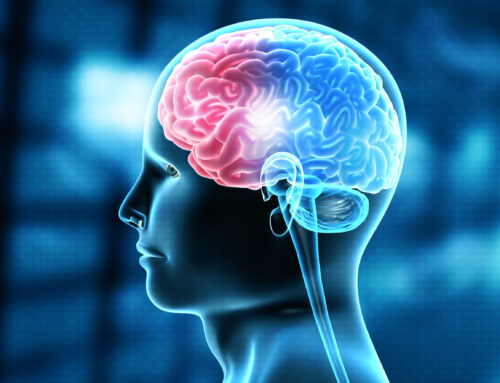







 Sharon Walker, MSW, RSW
Sharon Walker, MSW, RSW Jordon Iorio Hons. BA, RSW
Jordon Iorio Hons. BA, RSW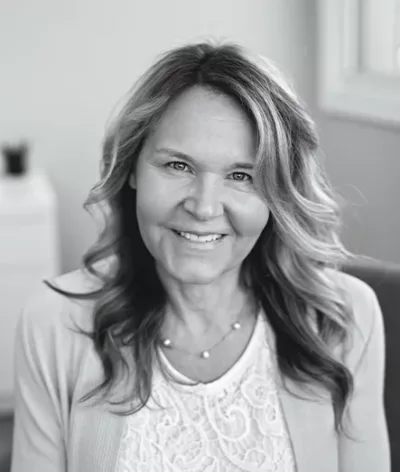 Christine Bibby, B.S.W., M.S.W., R.S.W.
Christine Bibby, B.S.W., M.S.W., R.S.W. Brianna Kerr, RSW
Brianna Kerr, RSW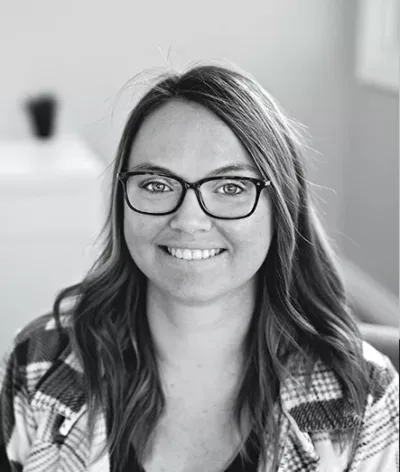 Danielle Vanderpost, RSW
Danielle Vanderpost, RSW Daniela Switzer, MA, C.PSYCH
Daniela Switzer, MA, C.PSYCH Tammy Adams
Tammy Adams Jade Bates, RMT
Jade Bates, RMT Caitlin Schneider
Caitlin Schneider Dr. Crysana Copland
Dr. Crysana Copland
 Amy Dougley
Amy Dougley Emily Green
Emily Green Bill Dungey, RSW
Bill Dungey, RSW
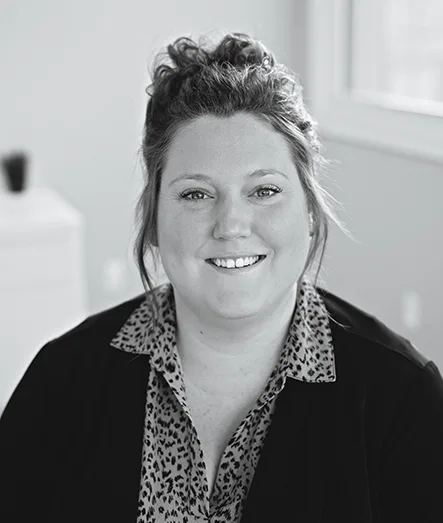


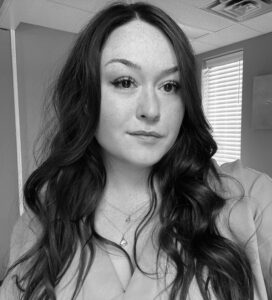 Jessica Moore, RSW
Jessica Moore, RSW Abigail Wragge, RSW
Abigail Wragge, RSW